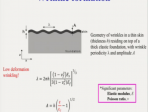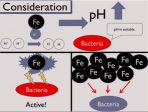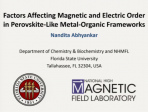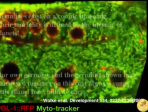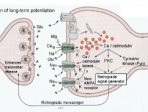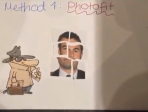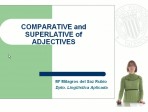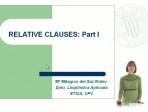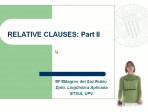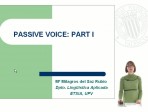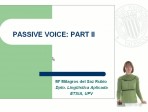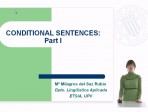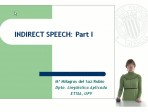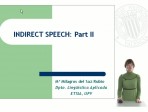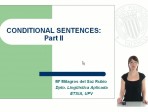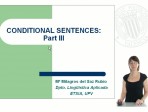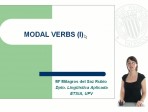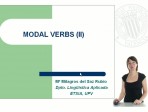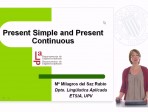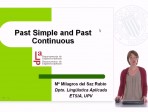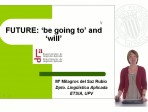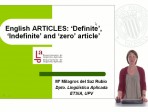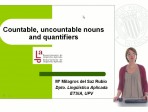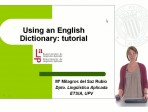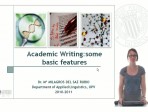 00:03:00
00:03:00
The making of graphene
Description of chemical vapour deposition to make large area graphene samples
More details | Watch now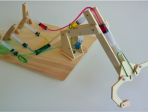 00:05:00
00:05:00
Hydraulic Claw Arm
A description of the science and a guide to making a hydraulic crane. This presentation won the prize for the best entry from students for whom English is not their first language in the 2016 Kroto Prize for Innovative Use of Technology in Science Le....
More details | Watch now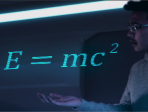 00:05:00
00:05:00
An Engineer’s Guide to Space Travel
Ways to make space travel faster using physics concepts. This presentation was third in the 2016 Kroto Prize for Innovative Use of Technology in Science Learning.
More details | Watch now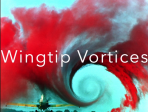 00:04:00
00:04:00
Wingtip Vortices
A very well-explained description of the theory of lift and of how the energy-sapping wingtip vortices are created in aircraft flight. This talk was the runner-up in the 2016 Kroto Prize for Innovative Use of Technology in Science Learning.
More details | Watch now 00:04:00
00:04:00
Test Tube Babes
A (fairly) light-hearted explanation of the process of in vitro fertilisation in humans. Winner of the Kroto Prize for Innovative Use of Technology in Science Learning 2016.
More details | Watch now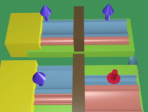 00:01:00
00:01:00
Graphene
A magnetic tunnel junction is a device with two magnets separated by a very thin non-magnetic barrier. The two magnets can be aligned parallel or antiparallel. The electrical resistance of this devices depends on the alignment. This video illustrates....
More details | Watch now 00:03:00
00:03:00
C60+ in space – a 28-year detective story about the Diffuse Interstellar Bands – Part 4
The early (mid 1990s) work on the electronic spectroscopy was carried out by John Maier's group, trapping C60+ in a neon matrix in this apparatus.
More details | Watch now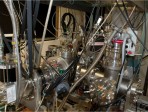 00:02:00
00:02:00
C60+ in space – a 28-year detective story about the Diffuse Interstellar Bands – Part 3
John Maier's team at the University of Basel solved the riddle of C60+ in 2015. In this brief view Colin Byfleet looks at the unique apparatus used in John's work.
More details | Watch now 00:06:00
00:06:00
C60+ in space – a 28-year detective story about the Diffuse Interstellar Bands – Part 2
The presentation the solution to this long-standing puzzle occurred at a most serendipitous moment. John Maier, Professor of Physical Chemistry at the University of Basel reveals the momentous details.
More details | Watch now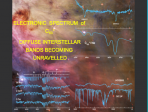 00:28:00
00:28:00
C60+ in space – a 28-year detective story about the Diffuse Interstellar Bands – Part 1
John Maier, Professor of Physical Chemistry at the University of Basel, describes the journey from the prediction of C60+ in 1987, through tentative assignment of its electronic spectrum by Radioastronomy, measurement in a neon-matrix and finally, in....
More details | Watch now 00:21:00
00:21:00
The Square Kilometre Array
Rosie Bolton describes the importance of this huge project and some of the interesting problems which needed to be solved in its planning and implementation.
More details | Watch now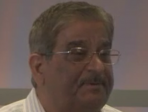 00:46:00
00:46:00
Naresh Dalal – a distinguished scientist and one of Midnight’s Children
Naresh Dalal is interviewed by Harry Kroto about his eventful life in Chemical Physics.
More details | Watch now 00:14:00
00:14:00
The Enlightenment is Under Threat and Lindau Alumni for Humanitarian Action (LAHA) Can Save It
Kant, in possibly his most celebrated essay, defined the Enlightenment as: Man’s emergence from his self-imposed period of immaturity. This immaturity is the inability to use one's own understanding without another's guidance. Without the freedom t....
More details | Watch now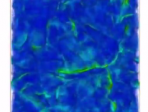 00:17:00
00:17:00
Gravitational waves and the early universe
Mark Hindmarch talks about our understanding of how we explain the immediate aftermath of the Big Bang.
More details | Watch now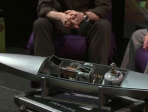 00:11:00
00:11:00
The Rev. Stirling and heat engines
Roy Darlington explains the attractions of the remarkably simple Stirling engine
More details | Watch now 00:09:00
00:09:00
The dynamics of a spinning chair
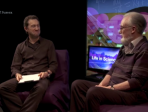 00:03:00
00:03:00
Is there life in your PC?
 00:16:00
00:16:00
How do we keep things from deteriorating?
Norman Billingham talks to Jonathan Hare about the science and ethics of preservation and conservation.
More details | Watch now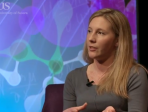 00:10:00
00:10:00
How I am inspired by science
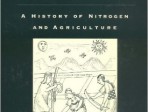 00:16:00
00:16:00
Fixated on Nitrogen
Sussex University has always supported unusual, interdisciplinary and innovative faculties. A good example of this was the Nitrogen Fixation Centre. Jeff Leigh was part of this exceptional work who's aim was to discover how nature uses nitrogen to cr....
More details | Watch now 00:08:00
00:08:00
Self-Made 3D Scanner
 00:11:00
00:11:00
askFSU 1 : speed of light, tachyons, solar sails, and black holes
Joining Philip Schlenoff is Dr. Jeff Owens, from the Physics department at Florida State University, to answer some physics and astrophysics-related questions!
More details | Watch now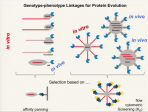 00:32:00
00:32:00
Bioinspired genotype–phenotype linkages
Florian Hollfelder is based in the Department of Biochemistry at the University of Cambridge. He is interested in mechanism in chemistry and biology. Here he describes using principles of natural selection to make functional proteins.
More details | Watch now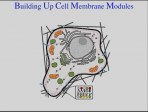 00:34:00
00:34:00
Bioinspired membrane-based systems
Directrice de Recherche Patricia Bassereau, Institut Curie Centre de Recherche Laboratorie Physico-Chimie, France, speaks on bioinspired membrane-based systems for a physical approach of cell organization and dynamics: usefulness and limitations.
More details | Watch now 00:33:00
00:33:00
Crystals: animal, vegetable or mineral?
Stephen Hyde is Professor in the Department of Applied Mathematics and the Research School of Physics and Engineering at the Australian National University in Canberra. Taking the popular children's game as a starting point, he asks whether crystalli....
More details | Watch now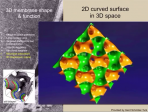 00:31:00
00:31:00
Living Crystals
Yuru Deng is an Assistant Professor at the National University of Singapore with a background in dentistry. Here she discusses the enigmatic functions of biological cubic membranes.
More details | Watch now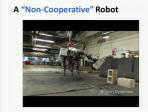 00:24:00
00:24:00
Bioinspiration: something for everyone
George Whitesides is the Woodford L. and Ann A. Flowers University Professor of Chemistry at Harvard University. Best-known for his work in NMR spectroscopy, organometallic chemistry, molecular self-assembly and nanotechnology, here he introduces sof....
More details | Watch now 01:14:00
01:14:00
Cuckoos and their victims
The sight of a little warbler feeding an enormous cuckoo chick has astonished observers since ancient times. It was once thought that cuckoos were unable to raise their own young because of defective anatomy and behaviour, and so other birds were onl....
More details | Watch now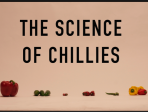 00:04:00
00:04:00
The Science of Chillies
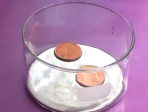 00:07:00
00:07:00
Solids, Liquids and Gases
 00:05:00
00:05:00
What goes up must come down
A fascinating discussion between two humanoids about the mystery force of gravity.
More details | Watch now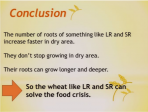 00:05:00
00:05:00
Can the wheat which grows in dry areas solve the food crisis?
Chiho describes her important work in looking for varieties of wheat which could help increase food production in arid areas.
More details | Watch now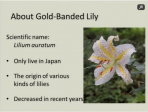 00:05:00
00:05:00
Growing gold-banded lilies with fungi
Tomoha describes her work in helping preserve this threatened species of plant.
More details | Watch now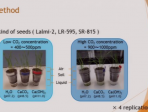 00:07:00
00:07:00
Wheat gets over global warming.
Nao describes her work in investigating the ways in which wheat can be made to cope with the higher temperatures expected from global warming.
More details | Watch now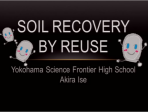 00:06:00
00:06:00
Soil Recovery by Re-use
Aki decribes her experiments in improving soils using various buffering materials.
More details | Watch now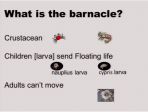 00:06:00
00:06:00
Stream affect barnacles shell direction
An interesting look at how the direction of water flow affects shell growth in barnacles.
More details | Watch now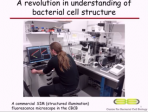 01:10:00
01:10:00
Bacterial cell walls, antibiotics and the origins of life
The cell wall is a crucial structure found in almost all bacteria. It is the target for our best antibiotics and fragments of the wall trigger powerful innate immune responses against infection. Surprisingly, many bacteria can switch almost effortl....
More details | Watch now 01:31:00
01:31:00
Tackling the great challenges of the 21st century
Sir Paul Nurse, President of the Royal Society and Lord Stern, President of the British Academy, discussed the new opportunities – and need – for collaboration between the traditional academic disciplines to respond to the big issues of our time,....
More details | Watch now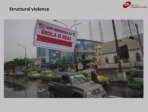 01:31:00
01:31:00
Ebola: inside an epidemic
Find out what we have learnt from the outbreak so far (March 2015) and what is being done to ensure continued resilience to epidemic scenarios.
More details | Watch now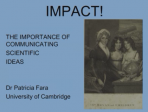 01:26:00
01:26:00
Women writing science
Join us as we celebrate International Women’s Day by exploring the history of women writing about science. How did early women scientists use writing in order to further their careers? In which ways were they limited by their gender? What influen....
More details | Watch now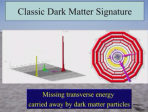 01:03:00
01:03:00
The Long Road to the Higgs Boson – and Beyond
The discovery of the Higgs boson at CERN’s LHC accelerator in 2012 by the ATLAS and CMS collaborations was the culmination of a decades-long search that had started in 1964 with the proposal of this unique particle, a signature of the origin of the....
More details | Watch now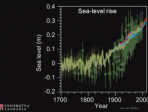 01:05:00
01:05:00
Continental loss: the quest to determine Antarctica’s contribution to sea-level change
For over 50 years scientists have been working to understand Antarctica’s contribution to sea level. For much of this time there has even been disagreement about if this massive ice sheet is growing or shrinking. In 2012, advances in data analysis....
More details | Watch now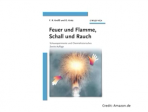 01:05:00
01:05:00
Is chemistry really so difficult?
Chemistry has progressed in a way few outsiders appreciate. It underpins many other sciences; from genomics and molecular biology, food and sports science, through to cosmology and planetary science. Why hasn't the public impression of chemistry evol....
More details | Watch now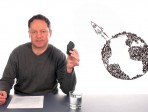 00:07:00
00:07:00
Can nanocrystals stop the climate change?
Fossil resources are limited and their CO2 emission strongly contributes to the global warming which is mainly responsible for the increasing appearance of natural catastrophes. Renewable biomass which can be converted into various forms of usable en....
More details | Watch now 01:09:00
01:09:00
Green Fluorescent Protein: Lighting up Life
The accidental discovery of this wonderful tool has changed the face of biology.
More details | Watch now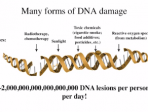 01:16:00
01:16:00
The End of Disease
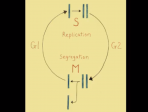 00:57:00
00:57:00
Understanding the Cell cycle
 00:24:00
00:24:00
Are psychiatrists demonised in fiction?
Jacqueline Hopson is a PhD student at the University of Exeter, who has just published a paper on the demonization of psychiatrists in fiction in The Psychiatric Bulletin. Raj Persaud discusses with her why her research leads her to believe that ps....
More details | Watch now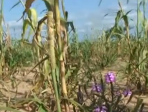 00:09:00
00:09:00
The biology of Striga
One of the major parasites is striga, a weed that sucks the juice and nutrients from cereal crops such as millet, sorghum and maize and causes great yield losses. A single striga plant can produce hundreds of thousands of seeds. The seeds are so tiny....
More details | Watch now 00:12:00
00:12:00
‘Witch Weed’ – breaking the spell
Striga (witchweed) is a parasitic weed that seriously constrains the productivity of staples such as maize, sorghum, millet and upland rice on some farms in Uganda. Kilimo Trust supported this initiative to try and control its spread.
More details | Watch now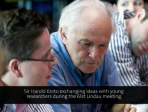 00:32:00
00:32:00
C60-Buckminsterfullerene: Not just a Pretty Molecule
Amongst the Nobel Laureates lecturing in Lindau, Sir Harold Kroto would probably earn the award for the most unusual and characteristic way of presenting. This lecture, which is the first he ever gave in Lindau, is no exception. Kroto`s way of presen....
More details | Watch now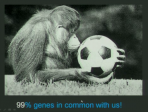 00:29:00
00:29:00
Créativité Sans Frontières
Children are not the only ones who instinctively appreciate the elegant beauty of highly symmetric structures such as the soccer ball and “play” with them. Artists, architects, scientists, mathematicians and engineers are also fascinated by elega....
More details | Watch now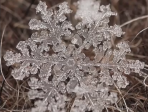 00:10:00
00:10:00
Snowflakes
Cameron gives a review of the study of snowflakes and some interesting points about of how our knowledge is still inadequate.
More details | Watch now 00:09:00
00:09:00
Fractures
An interesting and very amusing account of the propblems of fractures occurring in sport
More details | Watch now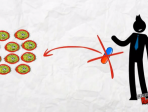 00:05:00
00:05:00
Antibiotic Resistance
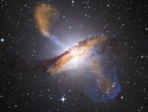 00:07:00
00:07:00
Black Holes
A very interesting survey of the current knowledge of these strange beasts.
More details | Watch now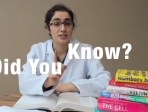 00:06:00
00:06:00
Memories
A fun view of a serious subject. Lilya and Shiza take a look at how memories are made.
More details | Watch now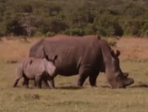 00:05:00
00:05:00
Why the Preservation of the Rhino is Destroying our Planet
Is there a collision between conserving a single rare species and much wider habitat preservation.
More details | Watch now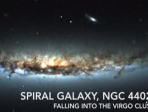 00:05:00
00:05:00
Galaxy Clusters
How these ultra-large objects indicate the presence of both dark matter and dark energy.
More details | Watch now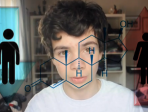 00:10:00
00:10:00
Chemistry of Love
Silicon-Based Life
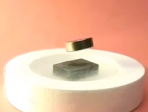 00:10:00
00:10:00
Superconductivity
This video shows a terrific selection of superconducting demonstrations and explanations.
More details | Watch now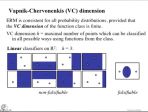 01:00:00
01:00:00
Statistical and causal approaches to machine learning
This talk introduces the basic ideas of machine learning, and illustrates them with application examples. It argues that while machine learning and "big data" analysis currently mainly focuses on statistics; the causal point of view can provide addit....
More details | Watch now-148x112.jpg) 00:29:00
00:29:00
hyperfine interactions
30-minute lecture about the physics of hyperfine interactions, and about how to calculate hyperfine interactions by the WIEN2k DFT code
More details | Watch now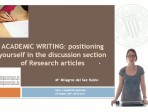 00:12:00
00:12:00
Learning English – Academic Writing – positioning yourself in the discussion section of Research articles
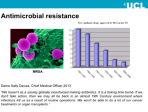 01:00:00
01:00:00
Harnessing the power of mobile phones and big data for global health
Infectious diseases rank among the gravest threats to human health alongside global warming and terrorism. New strains continue to evolve every year and can spread rapidly. The consequences can be devastating. The 1918 Spanish flu killed an estimated....
More details | Watch now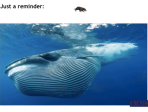 01:01:00
01:01:00
Genetic control and the mammalian radiation
To grow tissues in our body two key types of DNA control how, where and when to build essential proteins. Recent comparisons of mammal genomes show that instructions coding how to build proteins are similar across diverse species. In contrast the gen....
More details | Watch now 01:04:00
01:04:00
Communicating with light
Most of the data we generate and receive (whether emails, tweets, videos or mobile calls) are now carried by optical fibres, which use light to transmit vast quantities of information over trans-oceanic distances. The use of hundreds of wavelengths ....
More details | Watch now 01:08:00
01:08:00
Writing wrongs – Rachel Carson, Silent Spring
What role do literature, science and policy play in protecting the planet? Fifty years since the death of conservationist Rachel Carson, we look at her masterpiece Silent Spring, and ask: "What have we learnt? Listen to our panel of experts: author ....
More details | Watch now